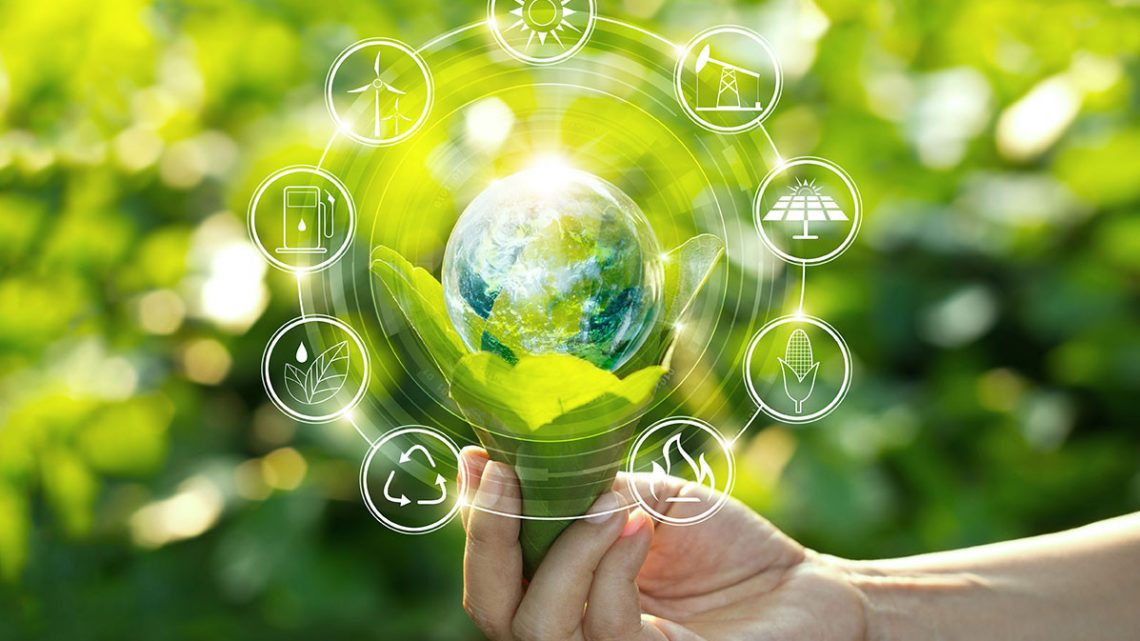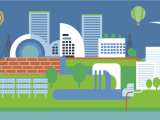
I am an Asian American environmentalist. My story is known.
21/05/2022In a way, it was inevitable for me to be an environmentalist. My family met while hiking on Mount Odae, a popular short train ride from Seoul, South Korea. Growing up in Georgia, we probably did not spend more than a month or two without spending a day exploring a hiking destination.
I did not always like the mosquitoes or the heat of Georgia, but eventually I learned to tolerate it in exchange for both the rustling of the leaves and the feeling of lightness that lifts you when you are among the trees.
And at home I learned to “reduce, reuse, recycle” from my mother. When he did not remind me not to leave the tap or throw away food, he found ways to reuse or reuse literally whatever he could.
My story is well known: Asian Americans are largely environmentalists. According to a survey conducted last year, 80% of Asian Americans consider the environment to be a very, very important political issue. 77% support stronger federal laws to tackle the climate crisis.
A previous survey found that 86% of us agree that taking action now on climate change will lead to a better life for our children and grandchildren.
So why are we not represented in the environmental movement?
A neglected community
It is worth noting that colored people have long been excluded from the environment.
From the beginning, the under-representation of people of color in environmental groups and on boards led to priorities that reflected those of white, richer people – even to the detriment of everyone else.
This gives me hope that something is starting to change. Struggling with their own unjust roots, many green groups have begun to build bridges with colorful and centralized environmental justice communities in their work. However, despite the odds, Asian American communities remain largely neglected.
Why; We can begin by looking at the fact that much research on climate and environmental issues has overlooked Asian Americans. Instead, we often concentrate with other groups – including Native Americans and multiracial people – on a monolithic and vague “other.”
The tendency to ignore and delete Asian Americans illustrates how the “myth model of the minority,” which tells the story of a racial minority that has achieved economic and social success through simple etiquette and hard work, has worked silently to shape our reality. .
Creating a more inclusive movement
While it is easy to prove him wrong, the legend lives on. Our subsequent exclusion from important research and inquiries is disastrous because it helps shape both public policy and public narrative.
The influence of the model minority myth also makes people literally sick and hurt. Because of the misconception that all Asian-Americans are rich, we have historically been underlined and excluded from environmental justice research and the environmental justice movement.
Research available makes it clear that environmental justice issues, including access to clean air and water, are also issues for Asian Americans. For example, a 2017 study found that Asian Americans rank just below blacks and above Hispanics in the United States in terms of cancer risk from hazardous air pollutants.
And when it comes to expanding the debate to include US territories in the Pacific, you do not need studies to see the effects of environmental injustice. Free from colonization and military occupation, islands such as Guam are now at the forefront of the climate crisis and face a real existential threat from rising sea levels.
The environmental movement must recognize that the Asian-American and Pacific Islands – or AAPI – communities are valuable and necessary allies in tackling the climate crisis, allies who may have the kind of political power that is key to environmental progress.
And it must involve us in efforts to correct the historical mistakes of environmental injustice.
We can start by ensuring that AAPIs are no longer deleted in related surveys and surveys. If we do not have sufficient and reliable data, we will remain ignorant of the true form and size of the problem and possible solutions.
And we can make sure we meet people where they are. About 60% of Asian Americans were born in another country.
This means that language, culture and citizenship issues are real barriers to citizen participation – 34% of AAPIs have limited English proficiency. This should be taken into account when organizing events, creating brochures and booklets or organizing meetings.
We can – and must – do better
In recent months, a lot of digital ink has been spilled on the plight of Asian Americans. I am very encouraged to see the many challenges we face on a daily basis – but ignored by the general public – come to light.
Our growing focus on equality and environmental justice in the environmental movement has also given me hope. Now is the time to open our eyes to the tens of millions of AAPIs who, like me, teach us to appreciate and live in harmony with nature, who believe it is urgent to act now against the climate crisis to build a better future.
To make real and inclusive progress in the time we have, we in the environmental movement need to extend a hand of welcome to the AAPI community today.
Take action when it’s most important
Every day More than 60 people sign up for news and alerts to find out when their support is most helpful. Will you participate with them? (Read our privacy statement.)


